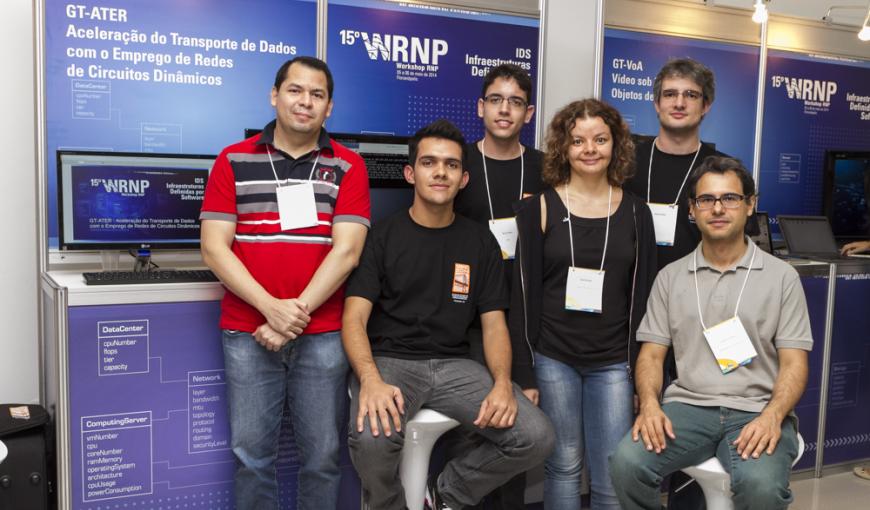GT ATER: evolution of the prototype and testing the Cipó experimental network
In the second phase of the R&D program, the Working Group for Acceleration of Data Transport to Employment of Dynamic Circuits Networks (GT-ATER) aims at developing and deploying a service to identify packet flows carrying large volume of data and create dynamic circuits devoted to sending them.
Functionalities of the prototype
In the first stage, during the first year of the project, the group completed a fully functional prototype with a simple web interface. With this, the user became able to set effective and monitoring rules, which allow forwarding traffic through dynamic circuits or just monitoring the data flow, respectively.
In addition to tracking statistics and creating and removing rules, the interface allows the user to manage the system regarding, for example, account creation, approval of rules and verification of other components of the service - the RACEs. In addition, the GT-ATER also offers an API REST, which allows applications to use the prototype in an automated way.
Testing the Cipó experimental network
The project coordinator, Kleber Cardoso, from the Federal University of Goiás (Universidade Federal de Goiás - UFG), revealed that in this second phase, the group has two main goals: performing tests with pilot users in the Cipó experimental network and evolving the prototype to make it more robust and scalable. “The intention is to create dynamic circuits based on filtering rules and transparent switching between conventional network and circuit network, always considering users and operators. Tests conducted at the Institute of Informatics of UFG up to the PoP-RJ (Point of Presence in Rio de Janeiro) had very satisfactory results”, said Kleber, about the actions of the end of 2013.
